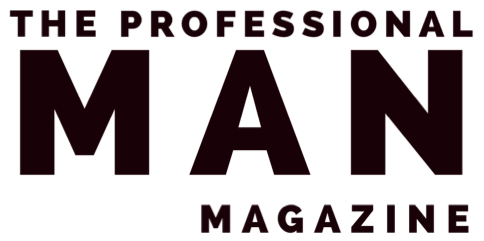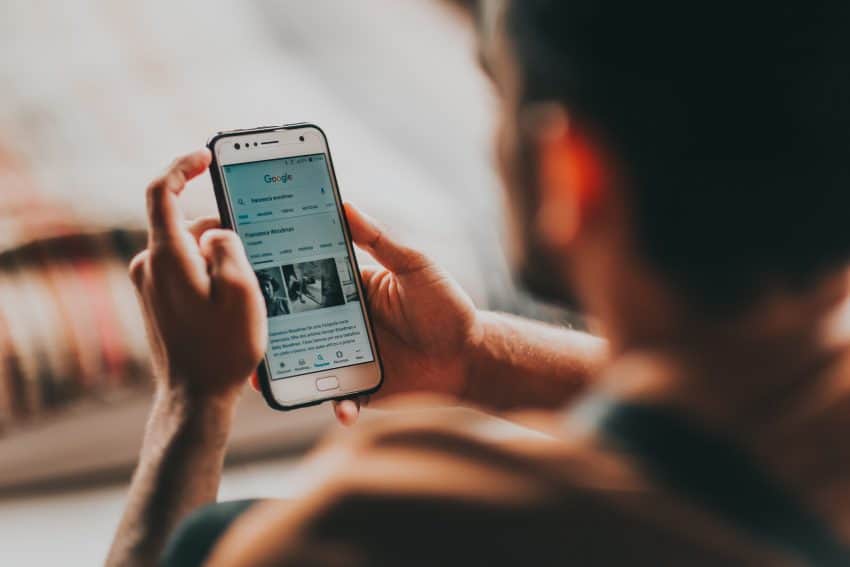In today’s hyper-connected world, where screens dominate our daily lives, it’s becoming increasingly essential to pause and consider the impact of our digital habits on our mental and emotional well-being. The constant presence of smartphones, tablets, and computers has revolutionised how we live, work, and interact, but it has also brought a host of challenges. Excessive screen time and constant digital connectivity have been linked to various adverse effects, from anxiety and depression to poor sleep quality and decreased productivity. This article aims to investigate the phenomenon of the digital detox, exploring its benefits and providing practical strategies to strike a healthier balance between technology use and mental well-being.
The Effects of Excessive Screen Time
The effects of excessive screen time are far-reaching and can significantly impact our mental and emotional health. Research has shown a strong correlation between excessive social media use and increased feelings of loneliness, envy, and low self-esteem. Scrolling through curated feeds and comparing our lives to carefully crafted online personas can lead to a distorted perception of reality, triggering feelings of inadequacy and social isolation. Excessive screen time can disrupt sleep patterns and make it difficult to fall asleep and stay asleep. Additionally, the constant bombardment of notifications, emails, and messages can create a sense of overwhelm and perpetual distraction, hindering our ability to focus, think deeply, and engage in meaningful offline experiences.
The Impact of Constant Digital Connectivity
Constant digital connectivity can also have a negative impact on our emotional well-being. We are constantly connected to the internet and exposed to negative news stories, images, and information. This can lead to feelings of anxiety, stress, and hopelessness. Additionally, constant connectivity can make it difficult to focus on the present moment and enjoy our relationships with others.
What is Digital Detox?
Recognising the need to address these challenges, many individuals are turning to digital detoxes to reclaim control over their relationship with technology. A digital detox involves intentionally disconnecting from digital devices for a designated period, allowing oneself to reset, recharge, and reconnect with the present moment. While the thought of disconnecting from our digital lives may seem daunting, the potential benefits are numerous.
One of the primary advantages of a digital detox is the opportunity to reduce mental clutter and restore mental clarity. By stepping away from the constant influx of information, notifications, and digital noise, we create space for quiet reflection, introspection, and mindfulness. Unplugging from the digital world enables us to tune into our own thoughts, emotions, and needs, fostering self-awareness and enhancing our ability to engage with the world around us.
Moreover, a digital detox can significantly improve our sleep quality. The blue light emitted by screens has been shown to disrupt the production of melatonin, a hormone essential for regulating sleep-wake cycles. By disconnecting from screens before bedtime and engaging in relaxing activities, such as reading a book or practising meditation, we allow our bodies to wind down naturally and promote more restful sleep. Better sleep, in turn, positively impacts our overall mental and emotional well-being, boosting mood, cognition, and productivity.
How to Implement a Digital Detox
A digital detox is a period of time when you intentionally reduce your use of technology. This can be done for a few hours, a day, or even a week. There are many ways to implement a digital detox. Some people choose to turn off their phones and computers, while others prefer to limit their use of social media. There is no right or wrong way to do a digital detox. The most important thing is to find what works for you.
Implementing a digital detox requires a conscious and deliberate effort. Here are some practical strategies to help you establish healthier tech habits and find a harmonious balance between the virtual and real world:
- Set boundaries: Define specific periods or spaces where you are tech-free. For example, designate “device-free zones” in your home or establish “screen-free hours” before bed.
- Create alternative rituals: Replace digital activities with offline pursuits that bring you joy and fulfilment. Engage in hobbies, spend time in nature, exercise, or connect with loved ones face-to-face.
- Practice mindful technology use: Instead of mindlessly scrolling through social media or constantly checking emails, set specific intentions for your digital interactions. Use technology consciously and purposefully, focusing on activities that add value to your life.
- Switch off push notifications: Getting constant updates can be very distracting and unfocuses you on what you were doing.
- Utilize digital tools for balance: Ironically, technology can also be used to help regulate our tech usage. Explore apps and software that track screen time, provide reminders for breaks, or enable you to set limits on specific apps or websites.
- Engage in self-reflection: Regularly evaluate your relationship with technology and its impact on your mental and emotional well-being.
A Time for Reflection
Ask yourself questions such as: How does excessive screen time make me feel? Am I using technology as a tool, or is it controlling me? What are the areas of my life that are being negatively affected by excessive technology use?
Additionally, consider the social aspect of technology use. Are your relationships suffering due to excessive screen time? Are you fully present and engaged when interacting with others? Reflecting on these questions can help you gain a better understanding of the role technology plays in your life and whether adjustments need to be made.
Establishing clear communication with friends, family, and colleagues about your digital detox intentions is also important. Let them know your goals and boundaries regarding technology use so that they can support and respect your choices. Encourage them to join you in your digital detox journey, as collective efforts can create a healthier tech environment for everyone involved.
Establish Healthier Tech Habits
Once you have completed a digital detox, consider establishing healthier tech habits. Here are a few tips for establishing healthier tech habits:
- Set limits on your screen time. Decide how much time you want to spend on your devices each day and stick to it.
- Turn off your devices at night. The blue light emitted from screens can interfere with sleep.
- Take breaks from your devices throughout the day. Get up and move around every 20-30 minutes.
- Use your devices for productive purposes. Avoid using your devices for mindless activities like social media or watching videos.
- Spend time in nature. Nature has been shown to reduce stress and improve mood.
Remember, a digital detox doesn’t mean completely eliminating technology from your life. It’s about finding a balance that works for you and prioritising your mental and emotional well-being. It’s okay to enjoy technology’s benefits while being mindful of its potential drawbacks. The key is to use technology intentionally and consciously rather than allowing it to dictate your life.
Research Studies
Many research studies support the benefits of digital detox. One study published in the Journal of the American Medical Association found that “digital detoxes can improve mood and reduce stress levels.” Another study published in the British Journal of Sports Medicine found that “digital detoxes can improve sleep quality.”
My Personal Experience
In the past, I found myself deeply immersed in phone addiction. The constant need to check my device consumed a significant portion of my day, and even late nights were spent mindlessly scrolling through social media. It became evident that my phone had gained control over my life, prompting me to take action. I made a conscious decision to impose restrictions on my screen time, allowing myself only two hours per day. Additionally, I took a bold step by removing all social media apps from my phone. At first, it wasn’t easy, but I got used to it after a few weeks. I felt better, and I was able to focus on the present moment.
You Can Do It!
Taking steps to achieve a digital detox can profoundly impact your mental and emotional health. By reducing excessive screen time, setting boundaries, and engaging in offline activities, you can reclaim control over your relationship with technology and create a healthier balance between the virtual and real world. Embrace the opportunity to connect with yourself, others, and the present moment. Your mental and emotional well-being will thank you.
Further Reading
https://en.wikipedia.org/wiki/Digital_detox
https://www.theguardian.com/technology/2018/jan/13/how-to-quit-your-tech-phone-digital-detox





